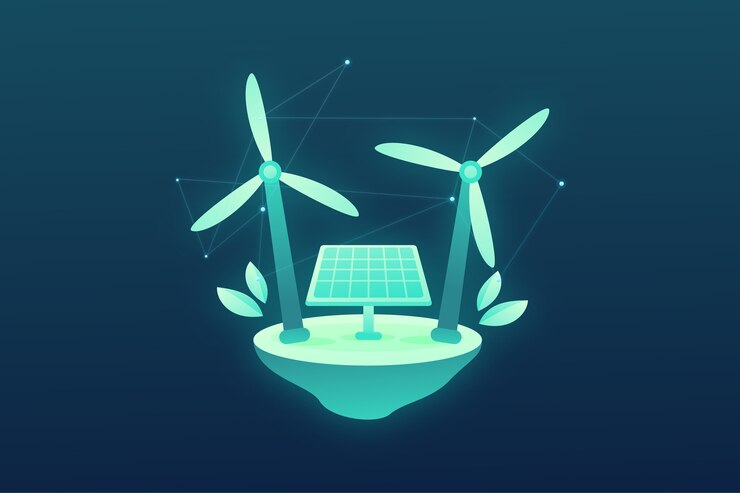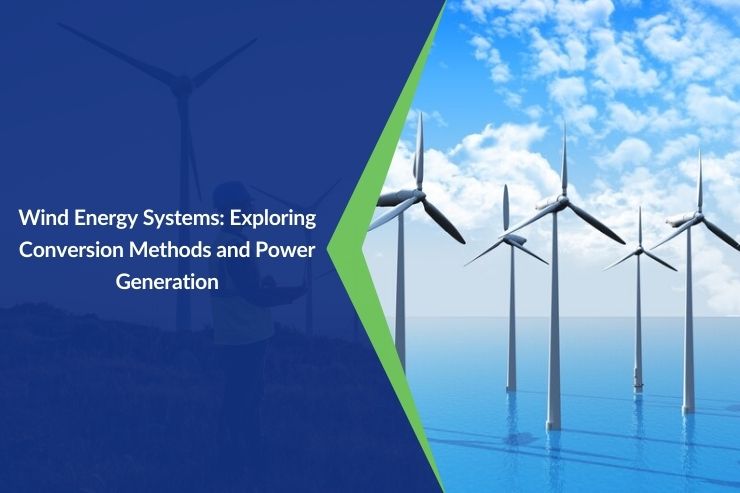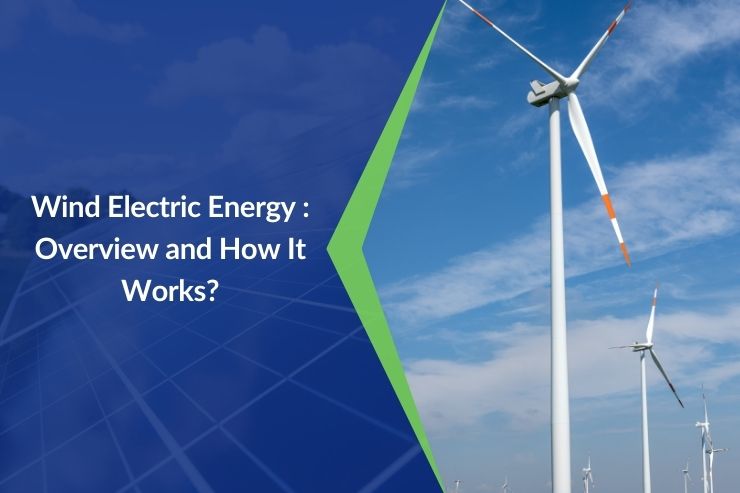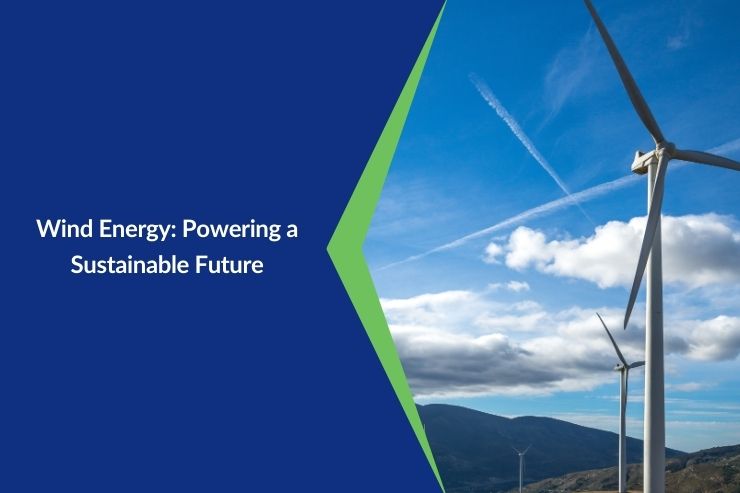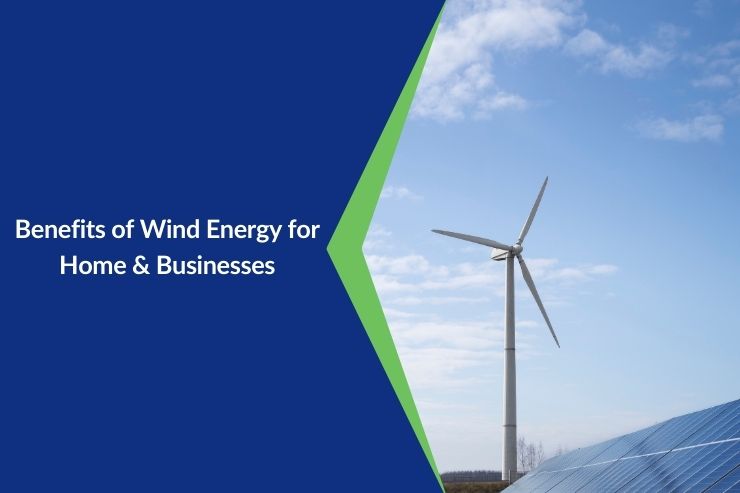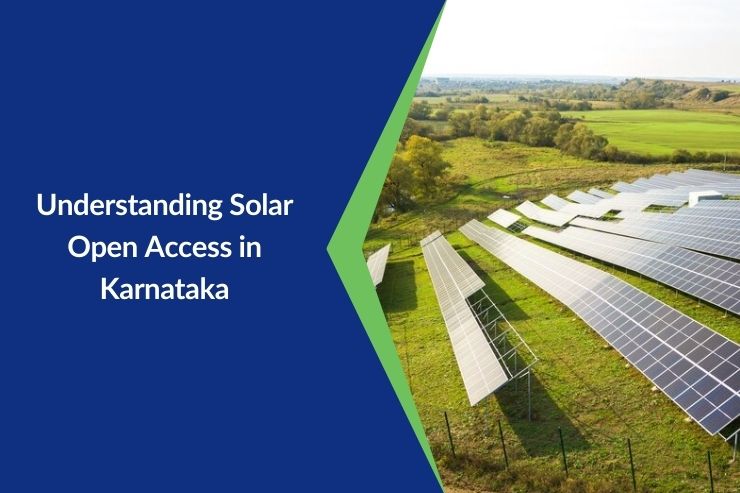Introduction to Wind Energy in India
India’s energy sector is making progress with wind energy playing a role. As part of its efforts to cut down on carbon emissions and enhance energy security wind turbine power plants have become a part of India’s energy mix. The development and advancements in these wind power facilities over time have greatly increased the country’s electricity generation capacity.
Understanding Wind Turbine Power Plants
How Do Wind Turbines Work?
Wind turbines utilise the force of the wind to generate electricity using components like rotor blades, a shaft and a generator. When the wind interacts with the rotor blades they spin, turning the connected shaft that powers a generator to produce electricity. The efficiency of this conversion process depends on factors like wind speed and direction highlighting the significance of selecting locations for installing wind power plants.
Types of Wind Turbines Used in India
India utilizes types of wind turbines each with its strengths and weaknesses. The main varieties include horizontal axis wind turbines (HAWT) and vertical axis wind turbines (VAWT). HAWTs are widely used due to their efficiency in harnessing wind power. On the other hand, VAWTs with spinning blades are less common in practice. They are able to work in wind conditions and need minimal upkeep.
Wind Energy Potential in India
Geographical Distribution of Wind Resources
India boasts a potential for wind energy, with numerous regions showcasing wind power possibilities. States such as Tamil Nadu, Gujarat, Maharashtra and Karnataka have been identified as the best areas for wind energy generation due to their wind conditions. Factors like terrain, climate, and wind patterns play a role in determining the availability of wind resources in these regions, making them suitable spots for developing wind power plants.
Government Policies and Incentives
The Indian government has introduced initiatives to promote wind energy by offering incentives to developers of wind turbine projects. Policies like Accelerated Depreciation (AD) benefits and Generation Based Incentives (GBI) have encouraged investments in the sector. Furthermore, recent policy changes aim to simplify procedures and provide long-term support for wind power projects.
Advantages of Wind Turbine Power Plants
Environmental Benefits
Wind turbine projects bring advantages by helping reduce greenhouse gas emissions by substituting fossil fuel-based power generation. Wind farms also contribute to the conservation of resources by utilising a renewable energy source supporting global sustainability objectives.
Economic Benefits
Wind power facilities promote job growth and stimulate development, especially in rural regions. They offer an option for energy sources with decreasing installation and upkeep expenses over time. Wind power plants also create opportunities for revenue generation in global energy markets.
Wind Turbine Power Plants Challenges and Solutions
Grid Integration and Transmission Issues
Integrating wind energy into the power grid brings up issues related to stability and variability. Solutions such, as using energy storage systems and implementing grid technologies can help manage these obstacles ensuring a power supply. It is essential to have policies and improve infrastructure to effectively deal with integration challenges.
Land Use and Environmental Concerns
The installation of wind turbines can have an impact on ecosystems leading to concerns about land use and wildlife conservation. Actions like selecting sites for wind farms and conducting environmental impact assessments can mitigate these effects. Engaging with communities to understand their concerns is vital for gaining their support and successfully carrying out projects.
Conclusion
Wind turbine power plants are a component of India’s energy landscape. They bring economic advantages, fulfilling the country’s energy requirements while promoting sustainable growth. With advancements and supportive policies, India’s wind energy outlook appears promising. Stakeholders must explore and participate in wind energy initiatives to advance this eco revolution.
Frequently Asked Questions
What is The Average Lifespan of a Wind Turbine in India?
Wind turbines in India last between 20 to 25 years with maintenance and technological upgrades to ensure efficient power generation.
How Much Land is Required to Set Up a Wind Turbine Power Plant in India?
The land requirements for wind turbine power plants differ based on size and capacity. Usually a single turbine requires around 1.5 to 2 acres of land and proper spacing between turbines is crucial for wind flow and reduced turbulence.
What are The Major Challenges Faced By Wind Energy Projects in India?
Challenges faced by wind energy projects in India include land acquisition, grid integration and navigating complexities. Resolving these challenges requires efforts from government bodies, developers and local communities to facilitate project implementation.
Are There Any Subsidies Available for Investing in Wind Turbine Power Plants?
Yes, the Indian government offers subsidies and incentives to encourage investments in wind turbine power plants. These include Accelerated Depreciation (AD) Generation Based Incentive (GBI) and support under the National Wind Solar Hybrid Policy.
How Does The Government Support the Growth of Wind Energy in India?
The government supports the expansion of wind energy by implementing policies offering incentives and creating frameworks. Programs, like the National Wind Energy Mission and region specific regulations are designed to encourage the growth of wind power, attract investments and promote advancements in the industry.

